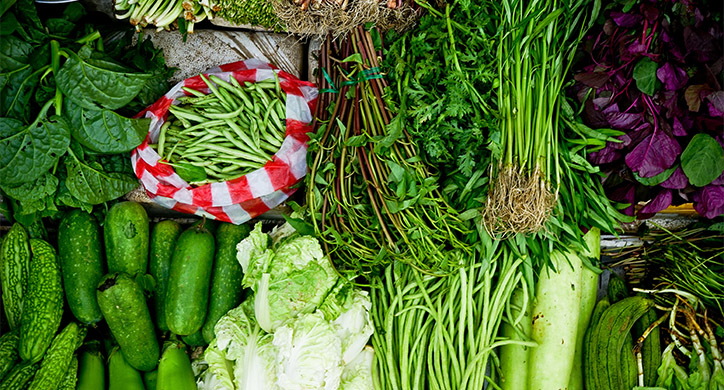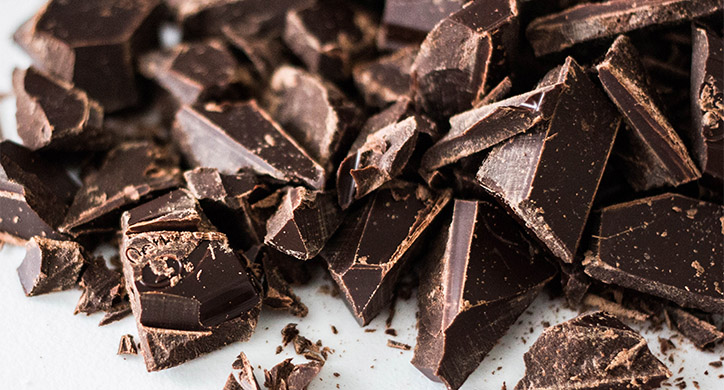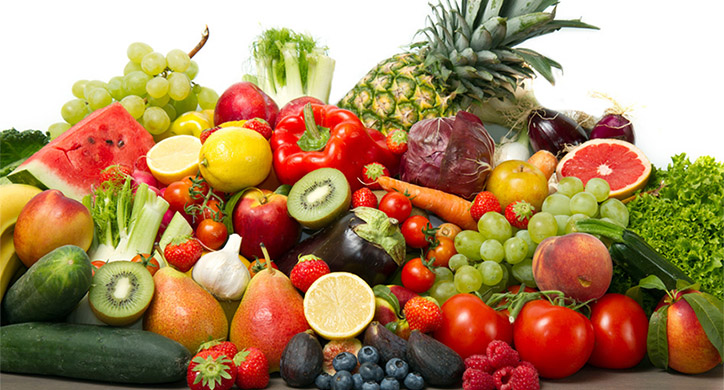Mintel 2017 Global Food and Drink Trends dubbed 2017 “Power to the Plants” stating that “consumers will be looking for natural, simple, and flexible diets. This will drive further expansion of vegetarian, vegan, and other plant-focused formulations. In 2017, the priority for plants will drive an acceleration in new products and marketing that casts plants in starring roles.”
Based on the latest readings on vegetarianism and veganism from Gallup, 5% of Americans say they are vegetarians and 3% say they are vegans, numbers that have remained consistent since 2012. Overall it appears “Americans are eager to include alternatives to animal products in their diets but are not willing to give up animal products completely. ”
People may be motivated to adopt a vegan or vegetarian diet for a variety of reasons, including ethical concerns about animal production or the environmental impact of agriculture, religious beliefs or health concerns.
As the demand for plant-based protein increases, food processing companies are responding—hoping to create brand loyalty as more consumers hop on the meatless bandwagon. According to Mintel Market Research, “there has been a 25% increase in vegetarian claims and a 257% increase in vegan claims in global food and drink product launches between 2010 to 2011 versus 2015 to 2016.”

Many consumers are flexitarians
The push for plant-based products goes beyond the stricter practices of vegans and vegetarians. The majority of this demand is actually being driven by the growing number of consumers that have been labeled “flexitarian.” As we discussed in “A New Burger,” 59% of consumers in the U.S. are considered “flexitarian” because they eat a protein alternative at least once a week. Mintel’s 2016 Report on U.S. Diet Trends indicated this was likely due to the fact that dieters believe “that following a vegetarian/vegan diet is the most natural and healthy way to lose weight.” As a result, dieters are increasingly likely to buy more plant-based products over the next year.

“Almost a third of Millennials indicate they consume any meat alternative product every day, with 70% consuming them at least a few times a week, notably more than any other generation. Coupled with the size and spending power of Millennials, this indicates a strong potential market for meat alternatives in the future.”
Billy Roberts, Senior Food and Drink Analyst, Mintel
Eric Pierce, the host of Natural Products Expo West, also highlighted the rise in demand for plant-based products. Pierce said, “the appeal and potential for vegan products are expanding beyond the small group of people who avoid animal products for ethical reasons to include the much larger base of consumers seeking healthier, cleaner foods.”
While the smallest number of these consumers are strict vegans (meaning no meat, poultry, fish, eggs, dairy, or any other animal-derived product) there are varying levels of vegetarianism. Lacto-ovo vegetarians, for example, do not eat meat poultry or fish but will eat eggs and dairy. Lacto vegetarians abstain from eggs as well but will consume dairy. And ovo-vegetarians will eat eggs but will not eat dairy. Lastly, partial vegetarians or pesco-vegetarians will not eat meats but will incorporate fish into their diet.
Food processing companies are more creating products, such as vegan protein powder, soy, nut or rice milk, and vegan protein bars hoping to peak the interest of these health-minded, “flexitarian” consumers.

According to Harvard Medical School, some of the most noteworthy, but strictly short-term, studies for a plant-based diet are the following:
- “A study published in the March 9, 2015, issue of JAMA Internal Medicine suggests that a meat-free diet can reduce the risk of developing colon cancer.
- A study published February 22, 2013, in Cancer Epidemiology found that eating a vegetarian diet reduced the overall risk of all cancers compared with eating a non-vegetarian diet.
- A study published June 3, 2013, in JAMA Internal Medicine showed that vegetarian diets were associated with a 12% lower risk of death from all causes—not just cancer. The benefits were especially strong for men.”
It is critical to note that many of the short-term studies performed were not randomized, including the ones listed above, meaning there was no control group to compare results and therefore they cannot truly determine if a vegetarian diet is healthier than a well-balanced diet that incorporates meat. There is also a need for long term studies that may help to verify (or discredit) the results presented in the short term.
It should also be noted that some researchers attribute the results of the short term vegetarian studies to the conscious decisions of the individuals who have chosen to be vegetarian or vegan as an overall healthier lifestyle. If someone is choosing to be a vegan or vegetarian, it can often be correlated that they exercise regularly, do not drink alcohol excessively, and do not smoke tobacco. Those who are making healthy choices in their diet are most likely making healthy choices regularly in their life.
“Eliminating meat” may not be the best solution to a healthy diet
While it is certainly healthy to incorporate more plant-based foods into your diet, maintaining a diet without meat, poultry, or fish often means adding vitamins, minerals, fats, and protein sources to your diet.
“Unless you follow recommended guidelines on nutrition, fat consumption, and weight control, becoming a vegetarian won’t necessarily be good for you.” (Harvard Medical School)
By eliminating meat from your diet, you may face nutrient deficiencies (unless an effort is made to replace them). For example, meat, poultry, and fish are high in B vitamins (niacin, thiamin, riboflavin, and B6), iron, zinc, vitamin E, magnesium, omega-3’s, and of course… protein! Soy, whey and plant-based proteins can be good alternatives, but they are not meant to replace all protein sources in your diet.
According to the USDA’s Choose My Plate, the average adult should consume roughly 5-6 ounces of protein (chicken, beef, nuts, eggs) per day and about 8 ounces of seafood is recommended per week. This is because protein is essential in keeping healthy bones and muscles. Protein is considered a “building block” for your body’s enzymes, hormones, and vitamins.
According to the USDA, protein is important for the following reasons:
- “It supports bones, muscles, cartilage, skin, and blood. Proteins are also one of three nutrients that provide calories (the others being fat and carbohydrates).
- B vitamins found in this food group serve a variety of functions in the body. They help the body release energy, play a vital role in the function of the nervous system, aid in the formation of red blood cells, and help build tissues.
- Iron is used to carry oxygen in the blood.
- Magnesium is used in building bones and in releasing energy from muscles.
- Zinc is necessary for biochemical reactions and helps the immune system function properly.”
(Source: Choose My Plate)
Meat and Diary are great sources of protein

One cooked chicken breast is roughly 3 ounces— which can suffice as half of your daily serving of protein. Healthy fish that are high in protein include salmon, tuna, halibut, or snapper. Dairy is also a good source of protein. Yogurt with almonds, chia, or hemp seeds is a good way to satisfy a serving of protein in the morning One egg has roughly six grams of clean protein.
Lean beef, which can be included less frequently into your diet than poultry, fish, or eggs, provides roughly 30 grams of protein per serving. According to WebMD, women should consume roughly 46 grams of protein per day while men should consume close to 60 grams per day.
While there are a significant amount of recent studies touting the advantages of a meat-free diet, there are no definitive long term results that say you should eliminate all meat from your diet.
To prove this, some preliminary research has been performed using Adventist participants. Seventh-day Adventists avoid meat and abstain from alcohol and tobacco. A 2014 study indicated Adventist vegetarians demonstrated lower risk for cardio-metabolic issues and some cancers. However, the findings were not conclusive enough to make definitive dietary recommendations based on the results.
Some promising studies have been performed regarding the “Mediterranean diet,” which encourages plant-based eating and includes significant consumption of healthy oils (particularly through fish, nuts, and copious olive oil). A Mediterranean approach to eating also includes some poultry intake and very limited red meat consumption. The randomized studies that have been performed indicate that following the Mediterranean diet is a healthy approach to eating. A lower risk of cardiovascular disease, lower levels of LDL cholesterol, and a reduced rate of some cancers were reported.





































































